Below are landscape paintings described as "surreal, weaving stories beyond the visible eye," according to the art and photography website Click121.
"A Sidewalk Cafe at Night" by Vincent Willem Van Gogh (1888)
Titled “Cafe Terrace At Night,” the painting perfectly captures the Post-Impressionist movement. Van Gogh soon began incorporating his signature “night effect” into more of his works. Begun in 1888, “night effect” has become an iconic addition to Van Gogh’s repertoire.
"Japanese Bridge and Water Lily Pond" by Claude Monet (1899)
The green leaves of the water lilies are scattered around the pond and visible above the water's surface. Numerous water lily blossoms bloom, rising above the water. Although the flowers are predominantly white, Monet gives us glimpses of other colors, including blue, pink, red, and yellow.
"Traveler between mountains and rivers" by Pham Khoan (1000)
The giant landscape painting "Traveler Between Mountains and Rivers" set a standard that later artists often looked to for inspiration. Pham Khoan used angular contour lines to depict the mountains and slopes and raindrop-like brushstrokes to fill them, emphasizing their majestic and timeless characteristics...
"Irises" by Vincent Willem Van Gogh (1889)
This is the first painting Van Gogh painted during his time in a mental asylum. There are many colors in this painting, and they all seem to harmonize. While blue and green dominate the landscape, accents of yellow and white complete the masterpiece.
"The Ice Sea" by Caspar David Friedrich (1824)
One of Friedrich’s greatest works, it is considered confusing because of its unique subject matter and radical composition. According to Friedrich, the Arctic resembles a sea of ice, hence the name. Small icebergs are stacked in the foreground of the painting, giving them the appearance of a staircase. However, the icebergs blend together to form a tower of ice in the background.
"Wivenhoe Park" by John Constable (1816)
No one could capture the natural beauty of England quite like John Constable. This almost photographic, pristine environment exudes a sense of tranquility and harmony. The artist's imaginative synthesis of the real-world setting is evident in the expansive areas of bright sunshine and cool shade, the meandering lines of hedges, and the lovely balance of trees, meadows, and rivers.
"Olive Tree with Sun and Yellow Sky" by Vincent Willem Van Gogh (1889)
Van Gogh wanted to depict olive trees in a unique way. Van Gogh's legacy is embodied in this painting, and it is an undeniable masterpiece.
"The Hermitage at Pontoise" by Camille Pissarro (1867)
The painting depicts a winding village road at the foot of Hermecca, the village in Pontoise, France, where the artist Camille Pissarro lived from 1866 to 1882. He chose the rural landscape of the provincial capital for several large-scale scenes, which became his early masterpieces.
"The Monastery in the Oak Grove" by Caspar David Friedrich (1810)
Friedrich depicts a historic abbey in the center of the painting. By showing people carrying coffins toward the abbey, Friedrich is trying to evoke a sense of time passing. The idea is that no matter what we do, nature will always win, take over the buildings, and outlast humanity.
Ivan Aivazov's "The Ninth Wave" (1850)
The painting depicts a sea after a stormy night and people clinging to the wreckage of a shipwreck in an attempt to save themselves from certain death. The fragments are shaped like crosses, seemingly a Christian allegory of liberation from sin on earth. The warm colors in the artwork soften the ominous tone of the sea, making the people more likely to survive. Both the devastation and the beauty of nature are portrayed in this painting.
"Like-minded souls" by Asher B. Durand (1849)
Essentially a nostalgic work of art. Durand, a friend of Cole and Bryant, depicted his friends in a setting that both Cole and Bryant referenced in their artwork. The painting portrays the idea of connecting with nature by idealizing two locations—Kaaterskill Falls and Clove Falls.
"View of Toledo" by El Greco (1600)
One of El Greco's two surviving landscape paintings, along with "View and Fruits of Toledo", is titled "View of Toledo". Black, white, and deep blue are among the strong colors in the painting. It is entirely earthy. The stark color contrast between the deep blue of the sky above and the brilliant green of the hills below is most striking. "View of Toledo" conveys to the visitor the impression of Toledo's gloom or gloom. In the vicinity of the city, the observer can see the sky become unusually overcast.
"The Oxbow" by Thomas Cole (1836)
Looking at The Oxbow, one can see that Cole divided the composition into two unequal parts by drawing a diagonal line from the bottom right to the top left. The left side of the painting is a spectacular scene that evokes a sense of danger. Dark storm clouds appear to be pouring down on the nearby central area. This part of the painting depicts a pristine, untouched, wild landscape.
"Wheat Field with Cypresses" by Vincent Willem Van Gogh (1889)
Golden wheat fields, a towering Provençal cypress standing like a green obelisk on the right, paler green olive trees in the middle distance, hills and mountains clearly visible in the background, and white clouds swirling in the clear blue sky, all are depicted in the painting. Van Gogh considered it one of his “greatest” summer landscapes…
Source: https://thanhnien.vn/nhung-buc-tranh-phong-canh-kinh-dien-cua-cac-hoa-si-bac-thay-the-gioi-18524013116072577.htm


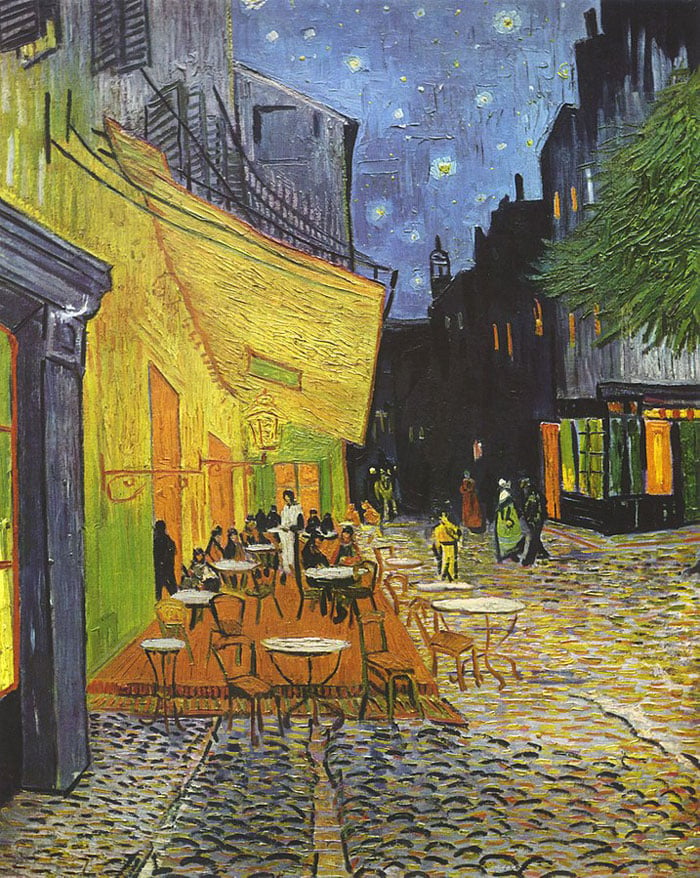
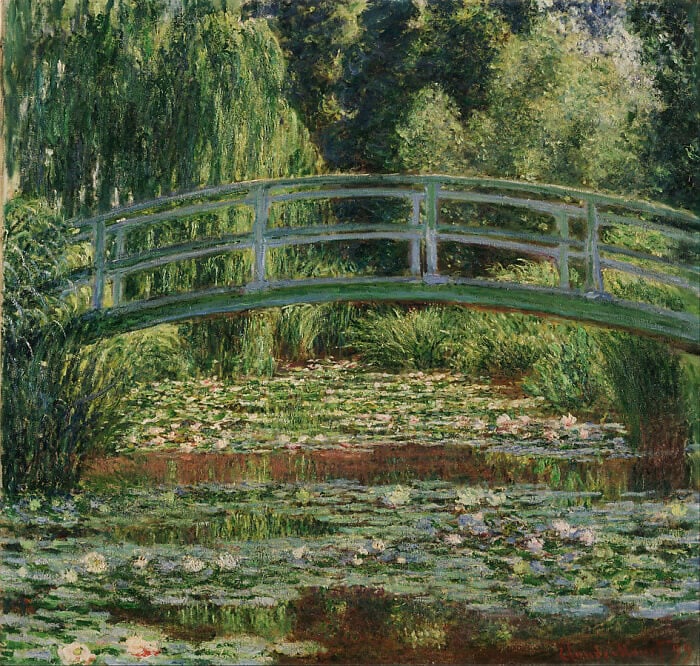
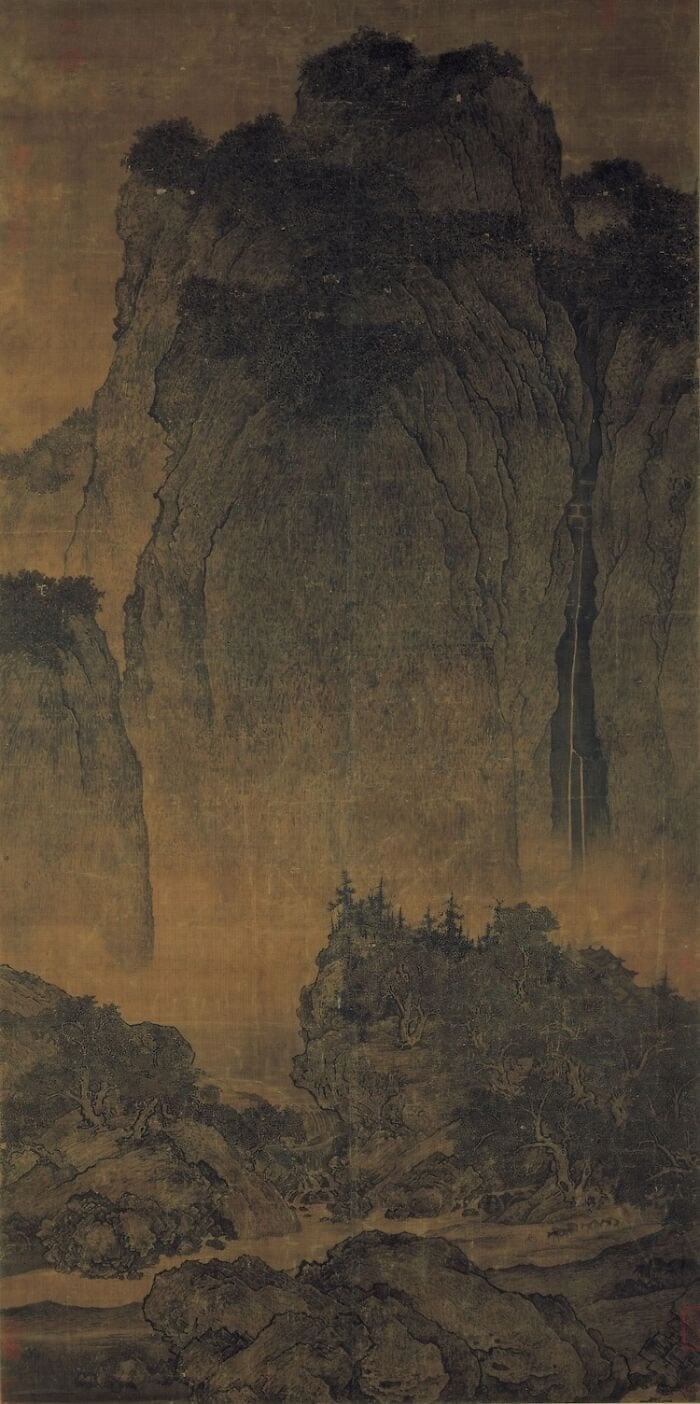
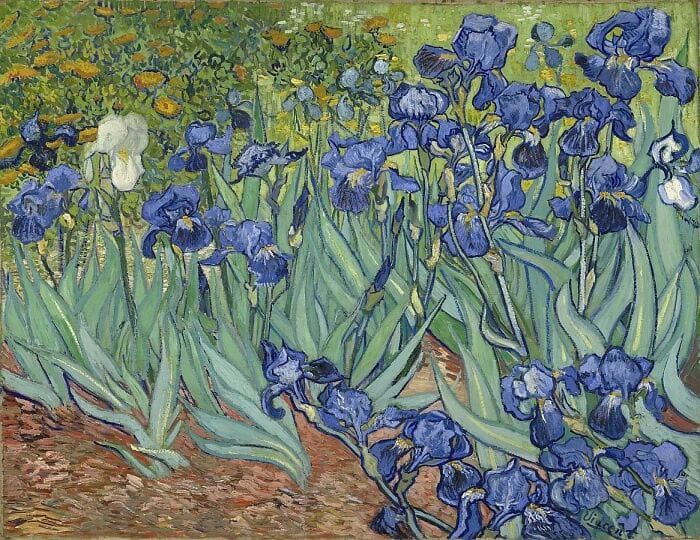
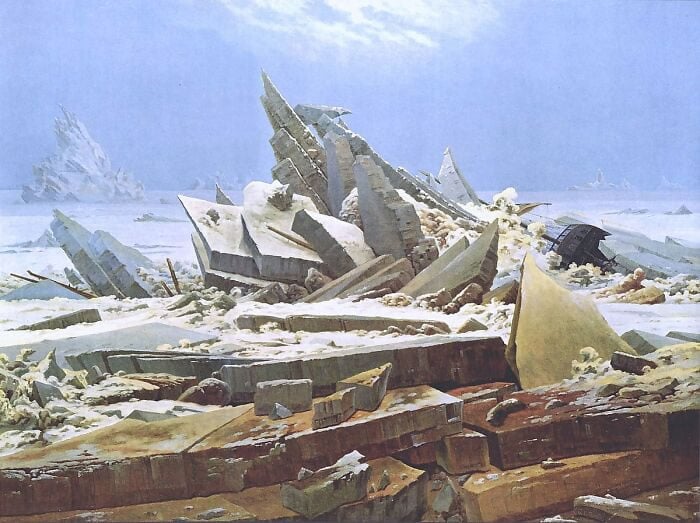
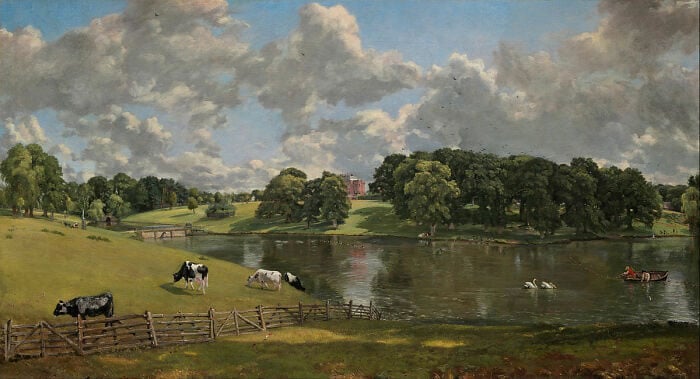
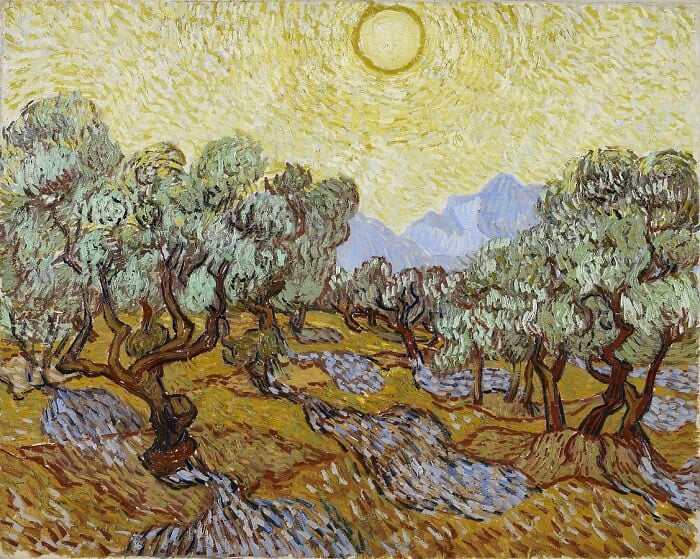

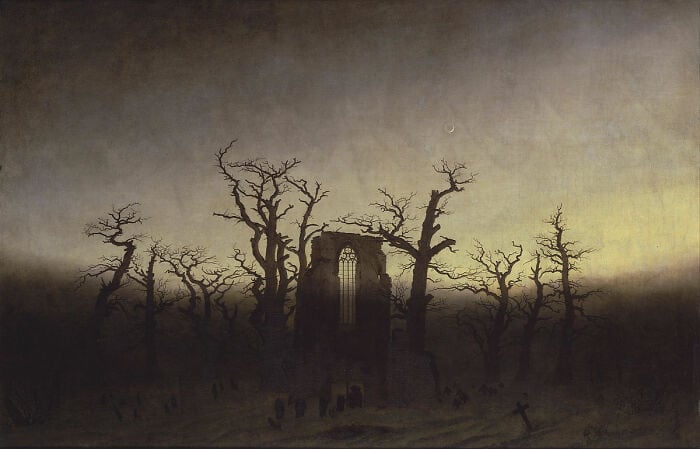
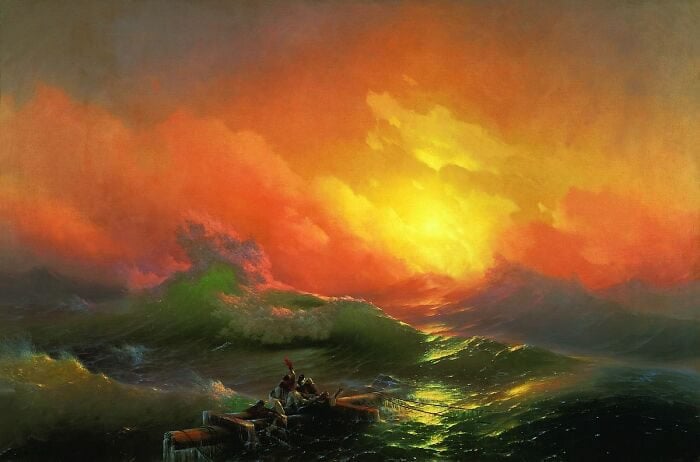

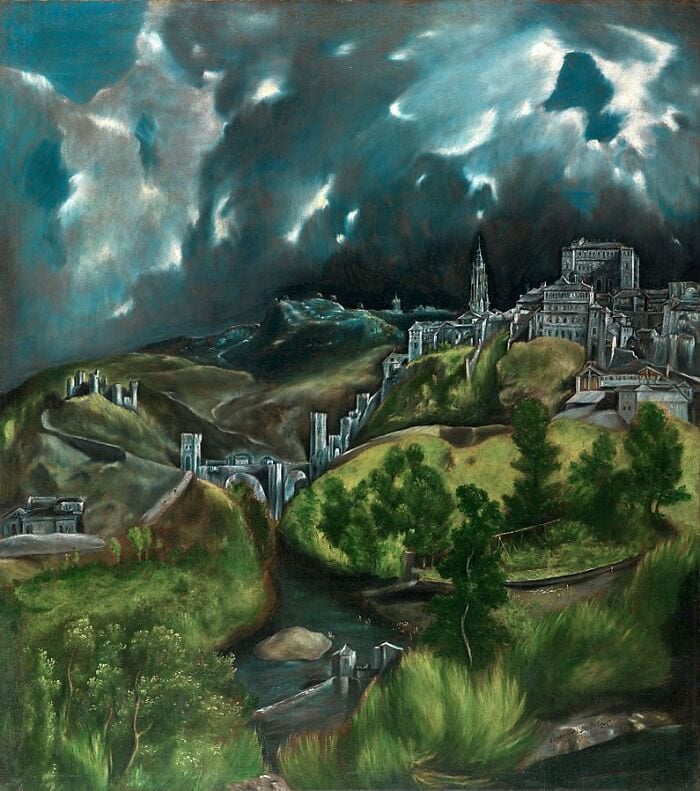
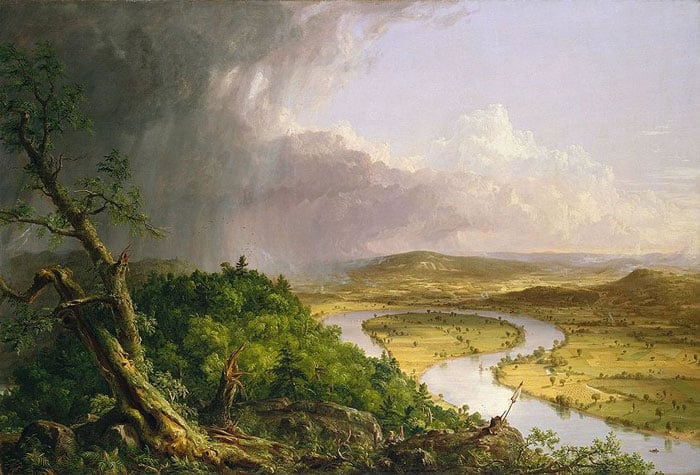
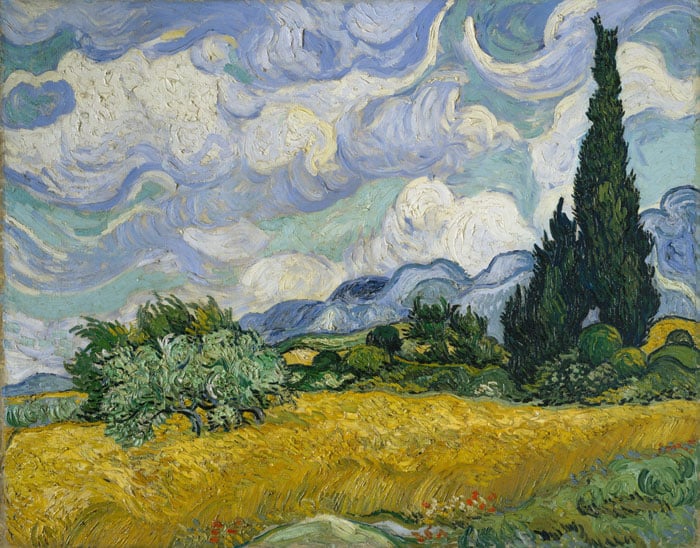





![[Photo] Closing Ceremony of the 10th Session of the 15th National Assembly](/_next/image?url=https%3A%2F%2Fvphoto.vietnam.vn%2Fthumb%2F1200x675%2Fvietnam%2Fresource%2FIMAGE%2F2025%2F12%2F11%2F1765448959967_image-1437-jpg.webp&w=3840&q=75)





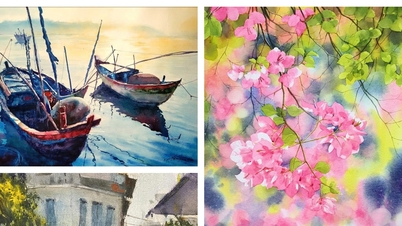

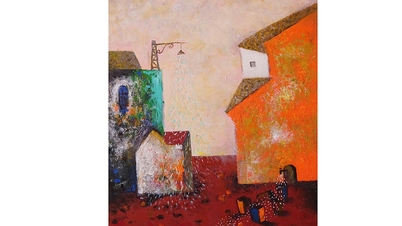



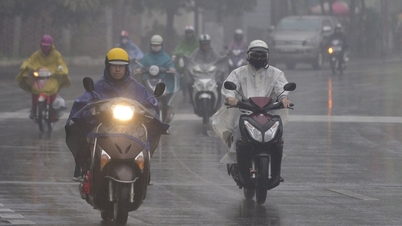




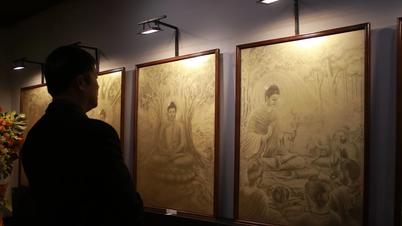











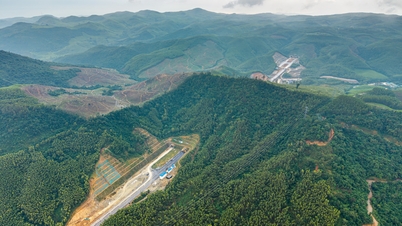




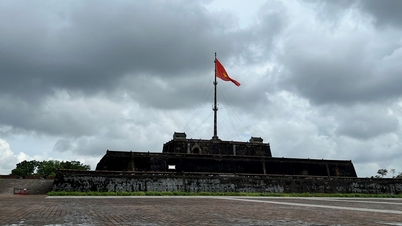

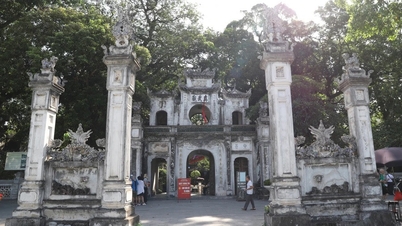



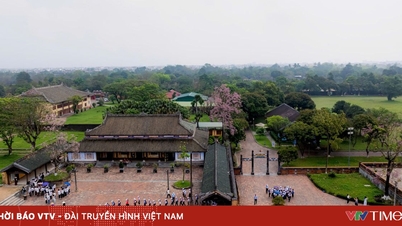




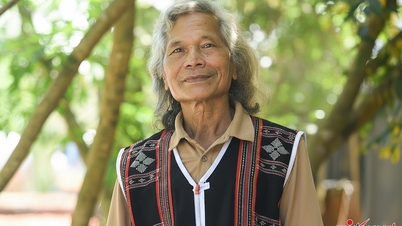





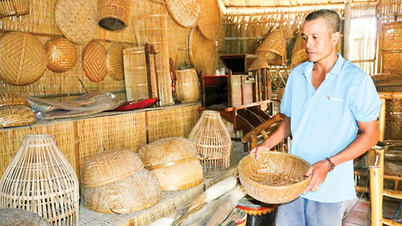




![[OFFICIAL] MISA GROUP ANNOUNCES ITS PIONEERING BRAND POSITIONING IN BUILDING AGENTIC AI FOR BUSINESSES, HOUSEHOLDS, AND THE GOVERNMENT](https://vphoto.vietnam.vn/thumb/402x226/vietnam/resource/IMAGE/2025/12/11/1765444754256_agentic-ai_postfb-scaled.png)


















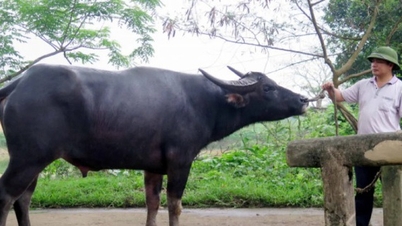




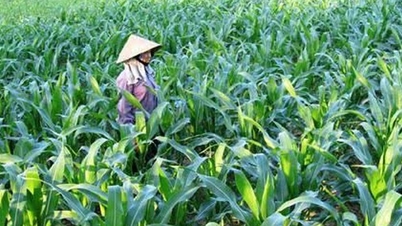


























Comment (0)